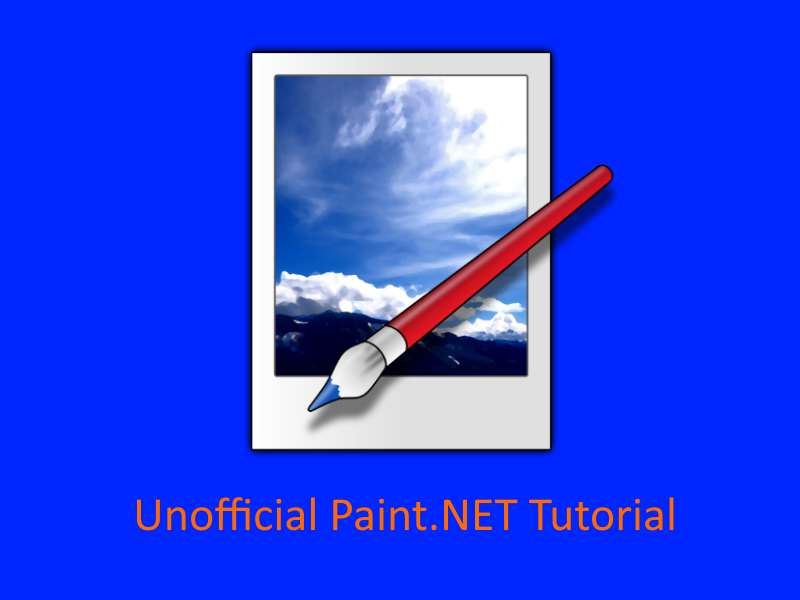Paint.NET is image and photo editing software for PCs that run Windows. It features an intuitive and innovative user interface with support for layers, unlimited undo, special effects, and a wide variety of useful and powerful tools. An active and growing online community provides friendly help, tutorials, and plugins.

Compared to other digital photo editing software packages such as Adobe® Photoshop®, Corel® Paint Shop Pro®, Microsoft Photo Editor, and GIMP, Paint.NET is a powerful yet simple image and photo editor tool now.
Table of Contents
- Introduction
- Installation
- Layers
- How to Create a Background Layer
- How to Add a Layer with an Image
- How to Add a Layer with Text
- How to Duplicate, Delete or Hide a Layer
- Save your Work and Save it as PNG or JPEG
- Finding Paint.NET Support
1. Introduction
Paint.NET is image and photo editing software for PCs that run Windows. It features an intuitive and innovative user interface with support for layers, unlimited undo, special effects, and a wide variety of useful and powerful tools. An active and growing online community provides friendly help, tutorials, and plugins.
It started development as an undergraduate college senior design project mentored by Microsoft, and is now maintained and developed by Rick Brewster. Originally intended as a free replacement for the Microsoft Paint software that comes with Windows, it has grown into a powerful yet simple image and photo editor tool. It has been compared to other digital photo editing software packages such as Adobe® Photoshop®, Corel® Paint Shop Pro®, Microsoft Photo Editor, and GIMP.
There are two releases of Paint.NET. The Classic release is free of charge to use for personal, business, commercial, school, and government use while the Store release requires a payment.
All the screenshots are taken using the free Classic release.